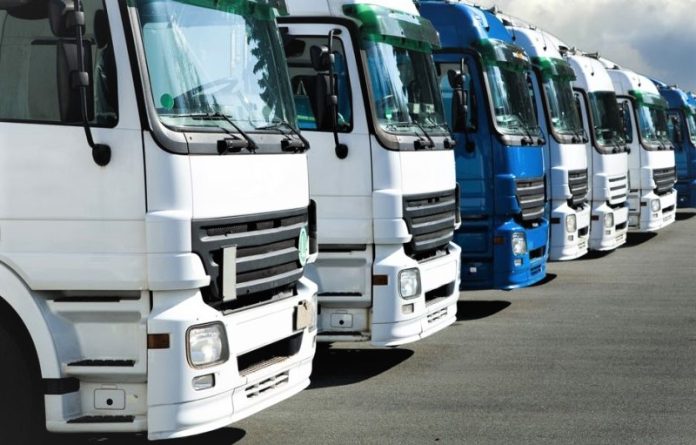Morocco is pushing ahead with its national logistics strategy by rolling out regional development plans across the country. Ten of these logistics blueprints are currently being drawn up for key regions, including Casablanca-Settat, Fès-Meknès, Béni Mellal-Khénifra, Guelmim-Oued Noun, Marrakech-Safi, Drâa-Tafilalet, the Oriental region, and Souss-Massa. In addition, two critical logistics hubs are being planned: one at El Guerguerat, a vital gateway for trade across the African continent, and another near the site of the upcoming Dakhla Atlantic Port.
The most recent project to be completed is located in Laqliâa, in the Aït Melloul area. This logistics zone covers 45 hectares and required an investment of 350 million dirhams. It’s now fully operational and awaiting the selection of its first tenants, a process overseen by the regional investment center.
Several other logistics zones are currently in the works. In the Fès region, a 32-hectare site in Aïn Cheggag is being prepared. In southern Casablanca, development is underway on a massive 70-hectare platform, while Kénitra is also getting a similarly sized facility of 45 hectares. Smaller-scale projects are also planned in Béni Mellal and the town of Zaida in the Midelt province, which will soon be home to their own specialized logistics infrastructures.
This ambitious initiative extends far beyond a simple government-led plan. It’s a nationwide effort involving numerous public and private stakeholders, with the Moroccan Agency for Logistics Development playing a pivotal role. The broader aim is to reduce regional disparities by equipping underdeveloped areas with modern infrastructure, strategically connected to highways and tailored to meet the demands of logistics professionals.
Once seen as a peripheral service, logistics is now emerging as a standalone sector governed by international standards and increasingly aligned with environmental responsibilities. As cities grow and restrict heavy vehicle access to downtown areas, these logistics zones will become key transfer points, helping to streamline urban traffic and improve overall quality of life.
But the impact isn’t just about smoother traffic or smarter planning. It’s also about economics. Transport costs weigh heavily on the price of goods. By optimizing the movement of freight across the country, Morocco is betting on lower logistics costs as a tool to rein in inflation and boost the competitiveness of its businesses both at home and on the global stage.




